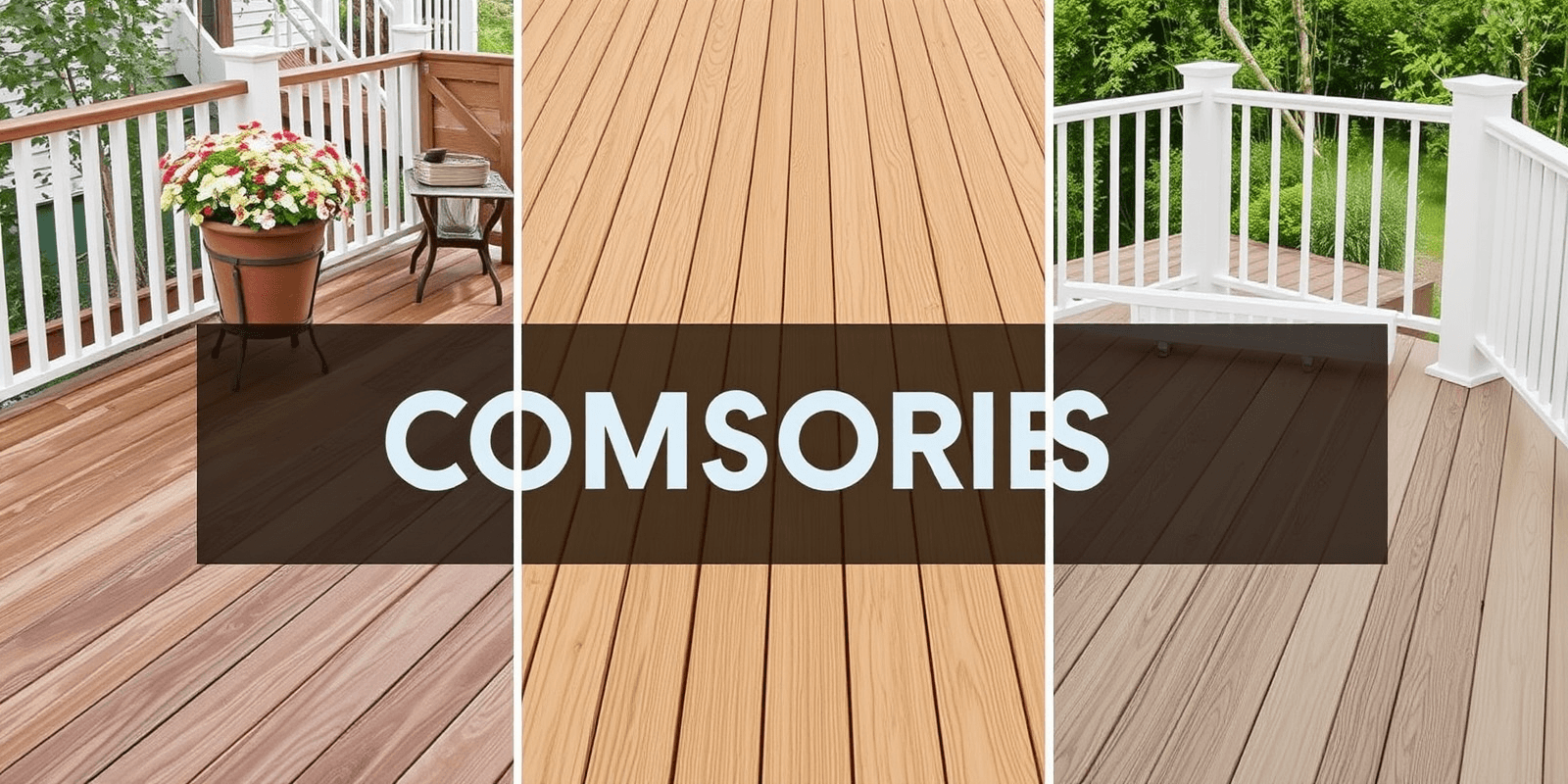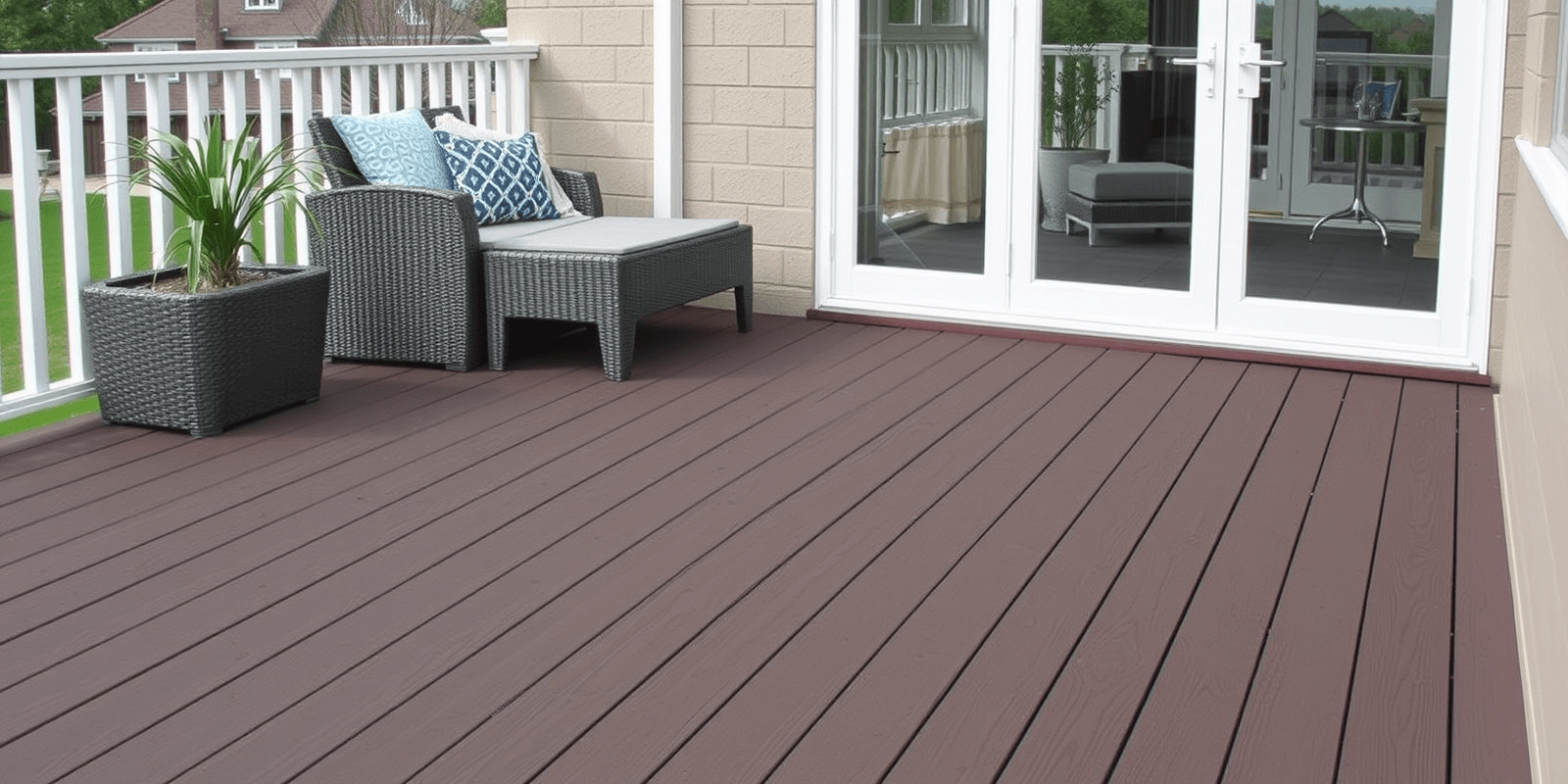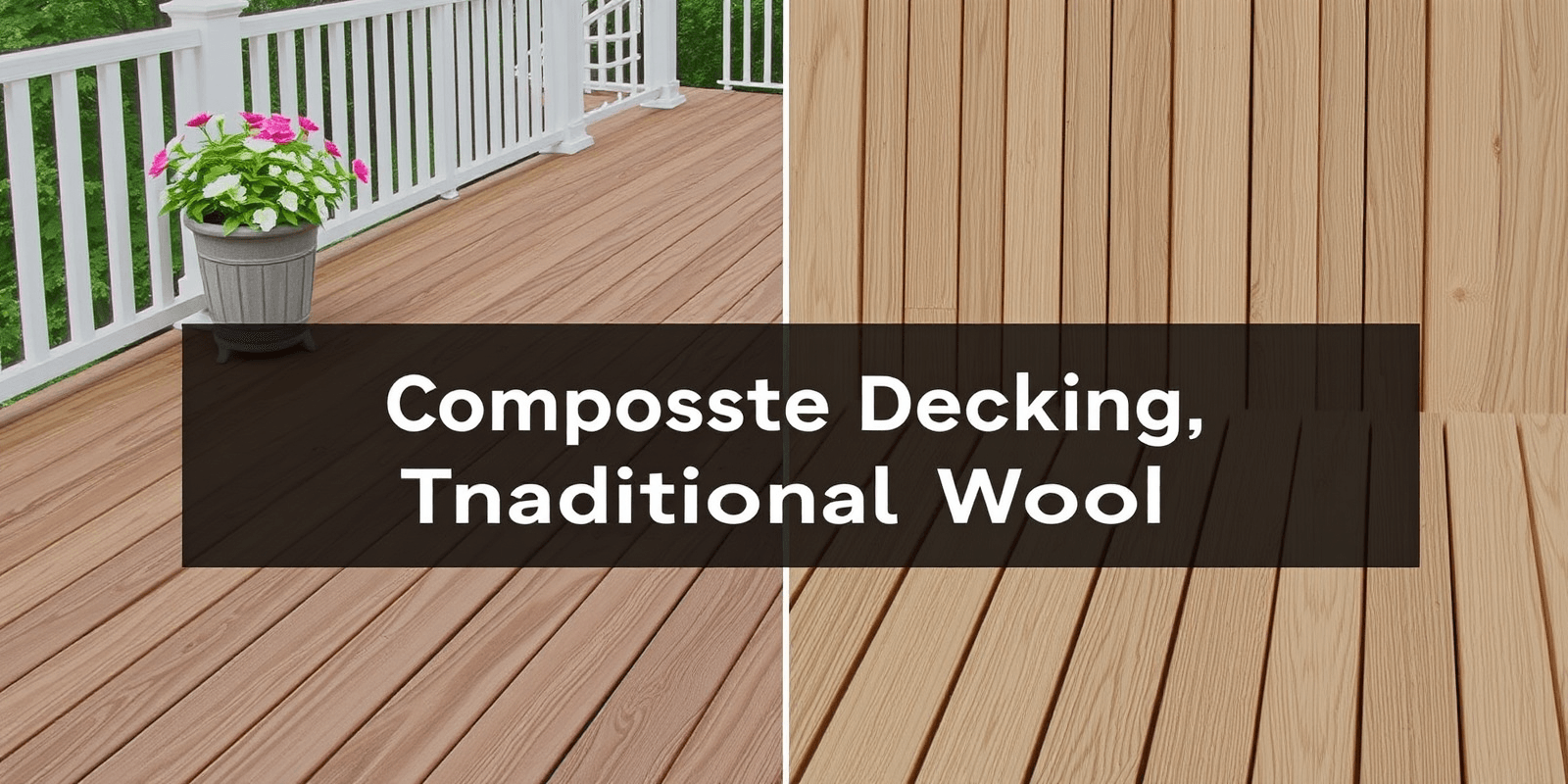“`html
Wood vs Vinyl vs Composite Decking: A Comprehensive Comparison
Introduction
When it comes to choosing the perfect material for your deck, there are several options available on the market today. Among the most popular choices are wood, vinyl, and composite decking. Each material offers unique advantages and disadvantages in terms of cost, maintenance, durability, aesthetics, and environmental impact. This article will provide a detailed comparison of these three decking materials to help you make an informed decision.
Cost
The initial cost is often a primary concern when selecting materials for a deck project. Wood is typically the least expensive option, especially if you choose common species like pressure-treated pine. Composite decking tends to be more expensive than wood but is generally cheaper than high-end vinyl options. Vinyl decking can be more costly upfront compared to wood, but it often requires less maintenance over time, potentially offsetting the higher initial investment.
Maintenance Requirements
Maintenance needs vary significantly between wood, vinyl, and composite materials. Wooden decks require regular sealing or staining to protect against moisture, UV rays, and pests. Vinyl decking is low-maintenance, requiring only occasional cleaning with mild soap and water. Composite decking also requires minimal upkeep but may need periodic cleaning and occasional replacement of damaged sections.
Durability
In terms of longevity, vinyl and composite materials generally outperform wood. Vinyl decking is highly resistant to rot, insects, and weathering, making it a durable choice for long-term use. Composite decking, made from a mix of wood fibers and plastic, is also resistant to rot and insects, although it can be prone to fading over time. Wood decks, while beautiful, require more care and are susceptible to warping, cracking, and insect damage.
Aesthetics
Aesthetic considerations play a crucial role in the selection process. Wood offers a natural, warm look that can be customized with various stains and finishes. Vinyl decking comes in a range of colors and styles, allowing for a wide variety of aesthetic options. Composite decking mimics the appearance of wood but with enhanced resistance to weathering and wear.
Environmental Impact
From an environmental perspective, the choice of material can have significant implications. Pressure-treated wood often contains chemicals harmful to the environment, though eco-friendly alternatives are available. Vinyl decking is not biodegradable and has a higher carbon footprint due to its manufacturing process. Composite decking is made from recycled materials, making it a more sustainable option, although the production process still consumes resources.
Conclusion
Choosing the right decking material depends on your specific needs and priorities. If budget is a major concern and you’re willing to put in the effort for maintenance, wood might be the best choice. For those seeking low-maintenance and durability, vinyl or composite decking could be ideal. Ultimately, consider your lifestyle, climate, and personal preferences to select the material that best fits your deck project.
“`



